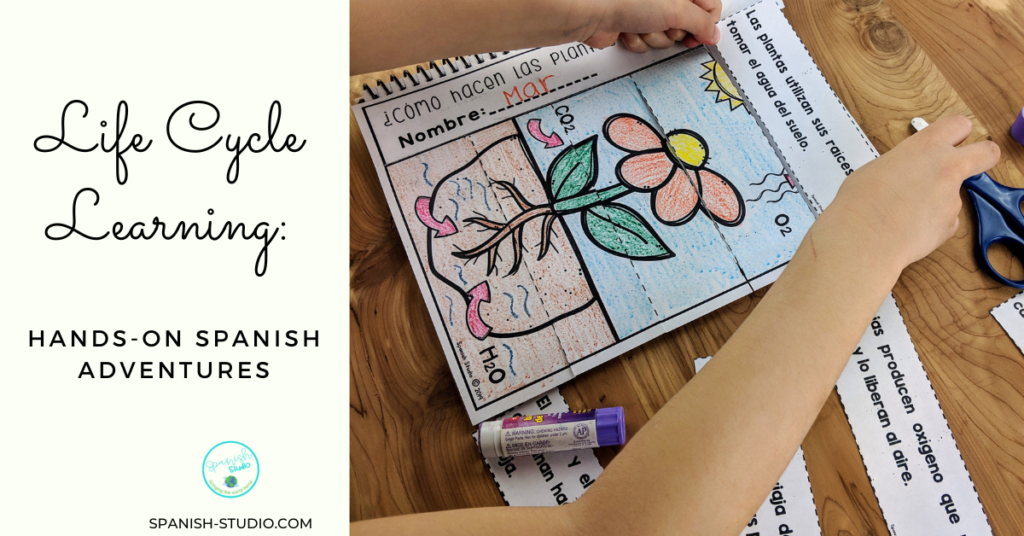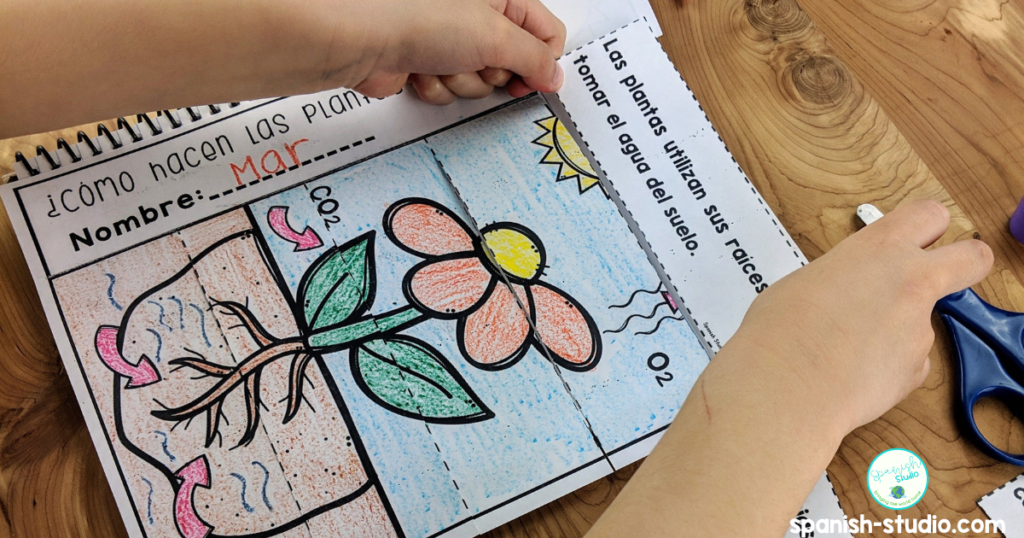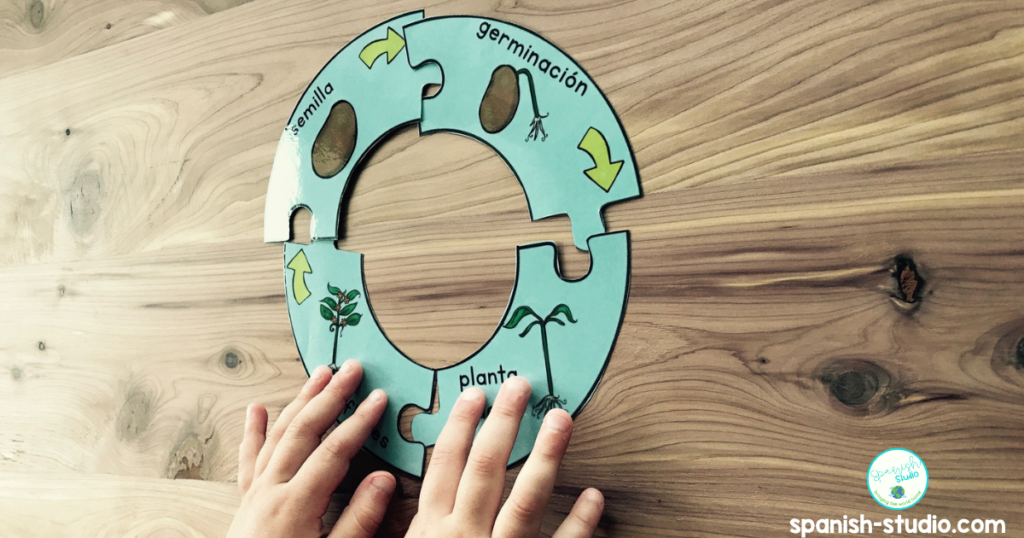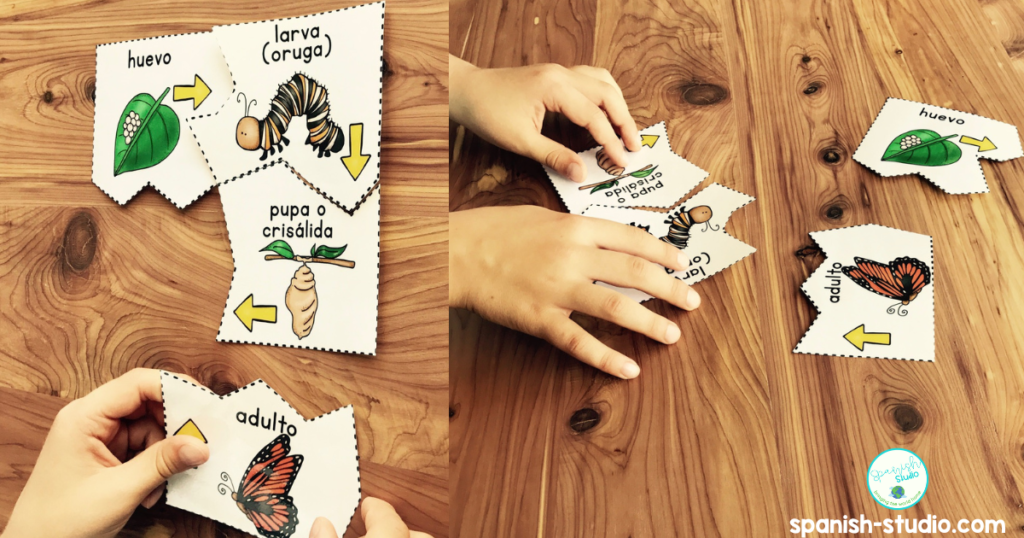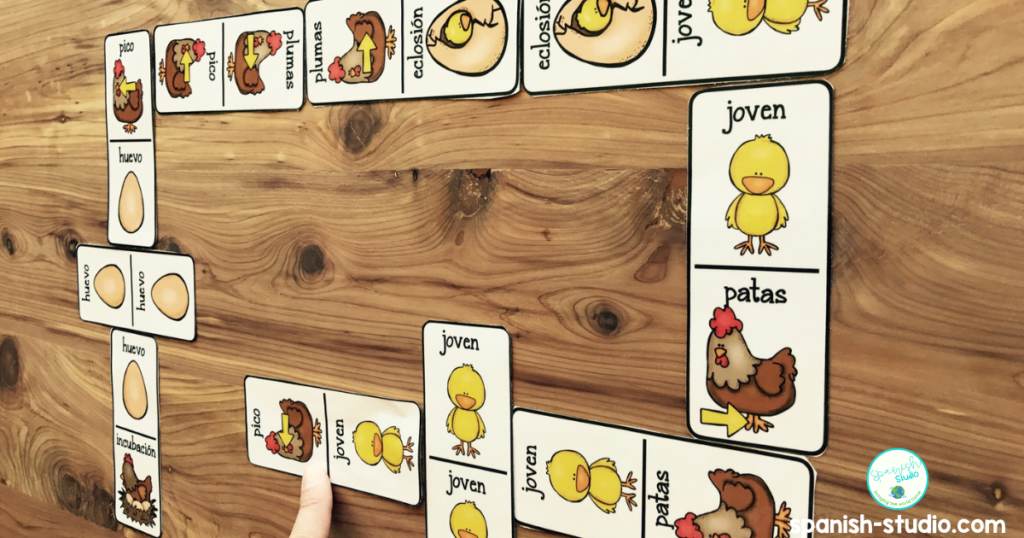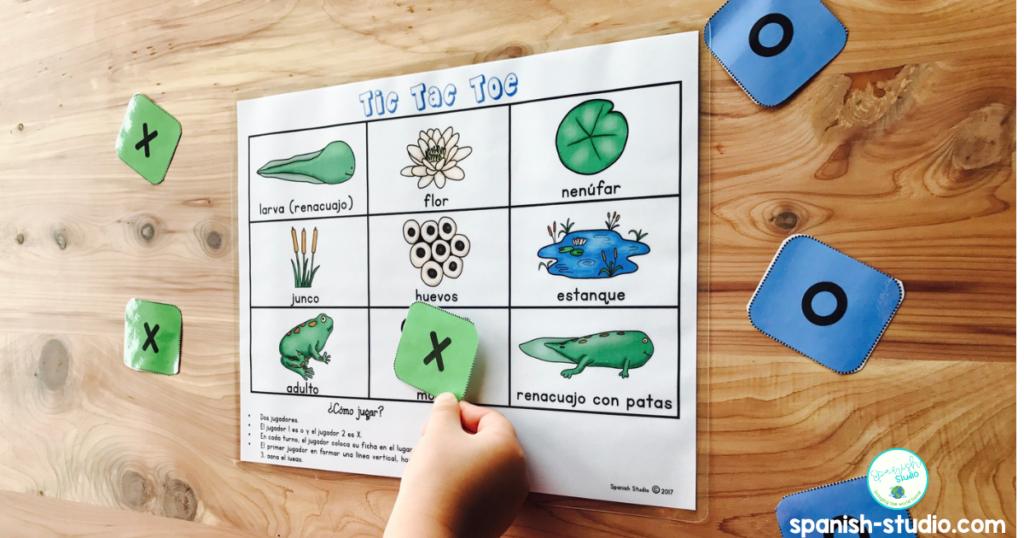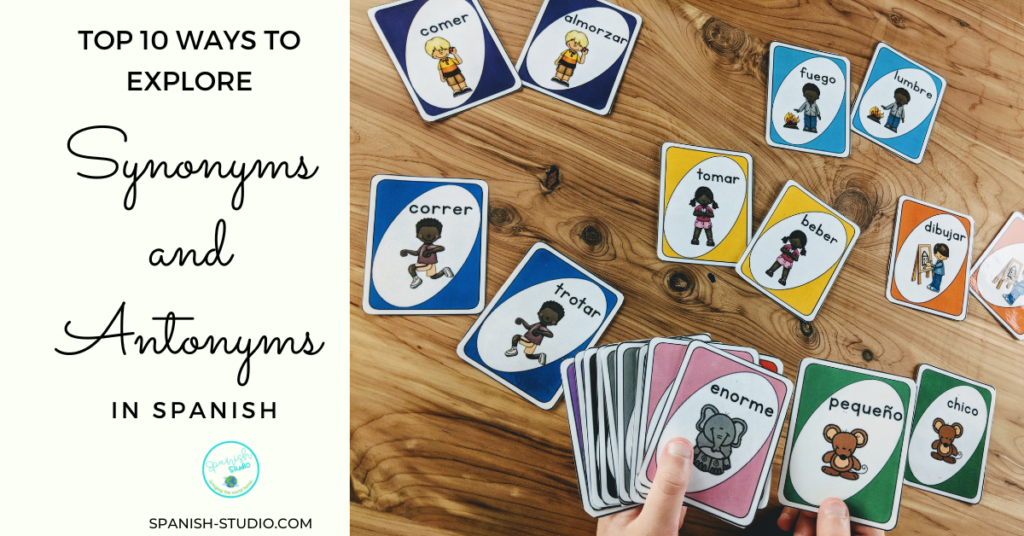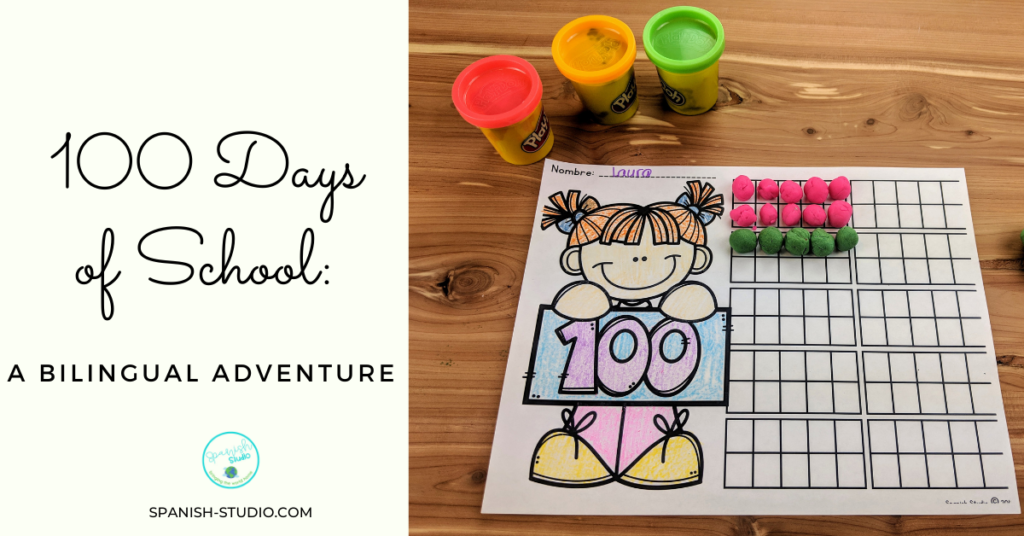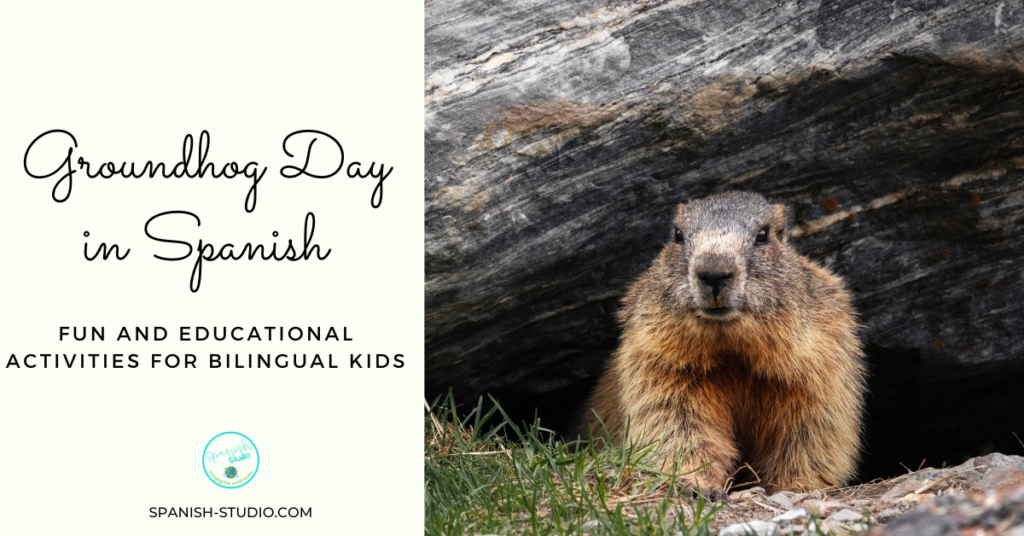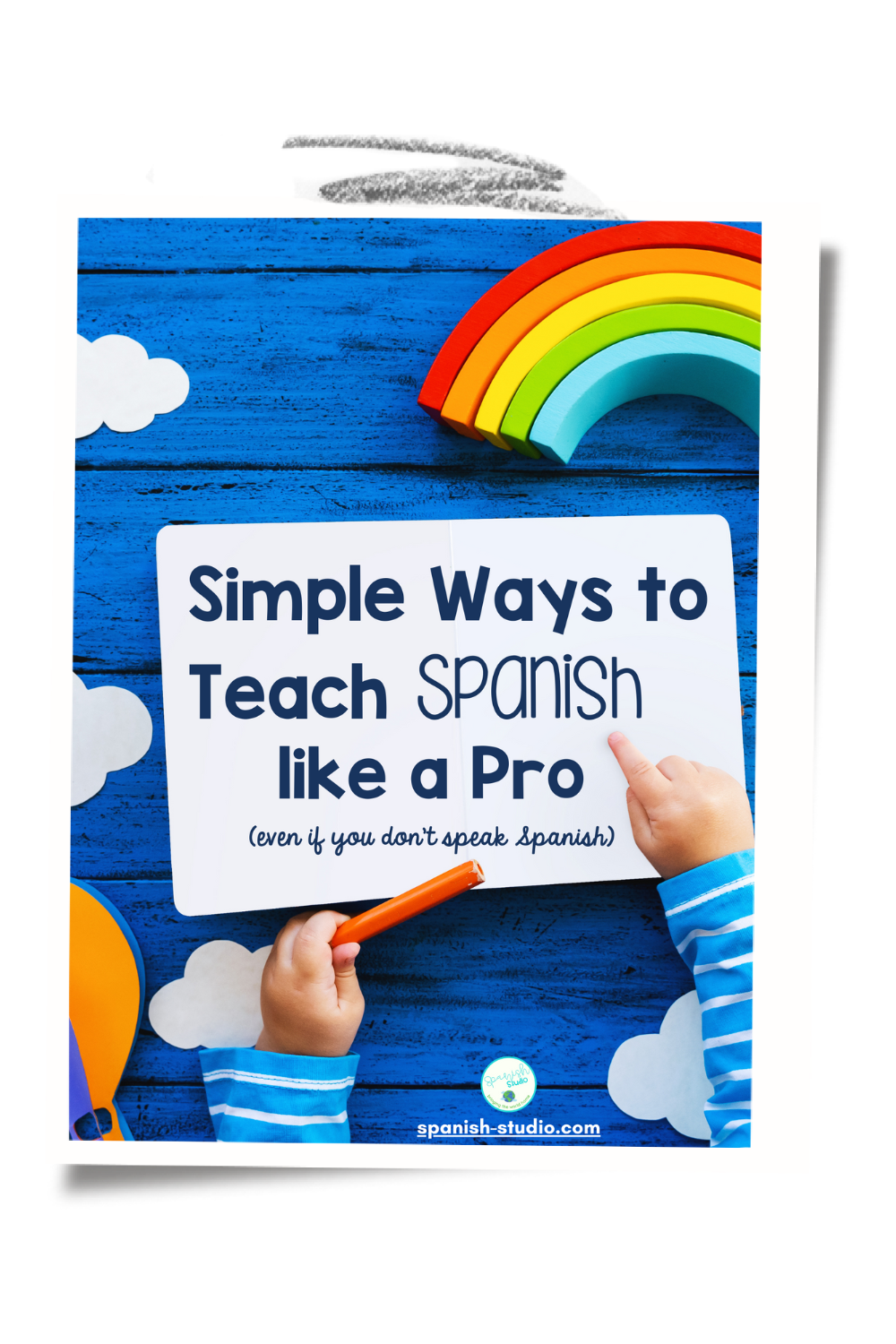Spring is here, bringing with it the perfect opportunity to delve into the wonders of nature while immersing ourselves in the Spanish language. From the blooming of plants to the fluttering of butterflies, each stage of the life cycle holds valuable lessons and language-learning opportunities for our students and children.
Let’s embark on an educational journey together as we explore plants, butterflies, chickens, and frogs. Get ready for hands-on activities, interactive games, and plenty of Spanish language practice along the way!
The Plant Life Cycle
Plants are the foundation of our environment, and understanding their life cycle is key to appreciating the beauty of nature. Here’s how we can incorporate Spanish language learning into plant-themed activities:
Planting Seeds:
Encourage students to plant seeds and describe each step in Spanish as they observe the growth process.
Life Cycle Models:
Create visual aids representing the stages of a plant’s life cycle, labeling them with Spanish vocabulary to reinforce language skills.
Interactive Games:
Adapt games like memory or puzzles to include Spanish terms related to plant growth, providing opportunities for language practice in a fun way.
Nature Walk and Identification:
Take a nature walk to identify different plant species in your area, encouraging students to name plants in Spanish and describe their characteristics.
Want to explore how to implement stations or centers to make these activities even more engaging? Check out our post on 7 tips for implementing Learning Centers in the Spanish Classroom for more ideas!
The Butterfly Life Cycle
Butterflies captivate us with their graceful flight and remarkable transformations. Here are a few activities to help your children improve their Spanish language skills:
Raise Butterflies:
Raise caterpillars into butterflies in the classroom, allowing students to observe and document each stage in Spanish.
Observation Journals:
Encourage children to keep journals in Spanish, recording their observations of butterflies and their behaviors.
Art Projects:
Engage students in artistic expression by creating illustrations, labeling each stage with Spanish vocabulary.
Butterfly Garden Design:
Task students with designing and creating their own butterfly garden, selecting plants that attract butterflies and labeling them with Spanish names.
Butterfly Release Ceremony:
Host a butterfly release ceremony, where students release butterflies into the wild while reciting Spanish poems or phrases related to nature.
The Chicken Life Cycle
Chickens play an important role in our lives, and learning about their life cycle can be both educational and fun. Here’s how we can incorporate Spanish language learning into chicken-themed activities:
Egg Candling:
Use a candling device to observe developing chicken embryos inside eggs, describing each stage of development in Spanish.
Chicken Egg Hatchery:
Set up a small hatchery in the classroom and incubate chicken eggs, allowing students to witness the hatching process and discuss it in Spanish.
Chicken Feeding and Care:
Assign students tasks related to feeding and caring for chickens in a school coop, encouraging them to communicate in Spanish while performing these activities.
Life Cycle Interactive Games:
Organize games like “Dominoes” or “Connect 4” using Spanish terms related to the chicken life cycle, encouraging language practice in a playful way.
Farm Visits:
Plan field trips to farms where children can see chickens at different life stages and describe what they observe in Spanish.
The Frog Life Cycle
Frogs are fascinating creatures with an incredible metamorphosis journey. Studying them will engage your children while enhancing their Spanish language skills. Here are some suggested activities:
Frog Habitat:
Create a frog habitat for students to observe and describe the different life stages using Spanish vocabulary.
Life Cycle Observation Diaries:
Encourage children to maintain diaries in Spanish, writing about their observations of frogs and their habitats.
Science Projects:
Conduct simple experiments to illustrate frog metamorphosis, using Spanish terms to describe each stage and process.
Exploring the life cycle of plants, butterflies, chickens, and frogs offers a rich learning experience for Spanish language learners. By integrating hands-on activities, interactive games, and observations in nature, we can deepen our understanding of these natural processes while strengthening our Spanish language skills.
So, let’s embrace the beauty of nature and the richness of the Spanish language together as we dive into the fascinating world of life cycle!
Interested in more?
Download my FREE Guide: “How to Teach Spanish Like a Pro (even if you don’t speak Spanish)”

